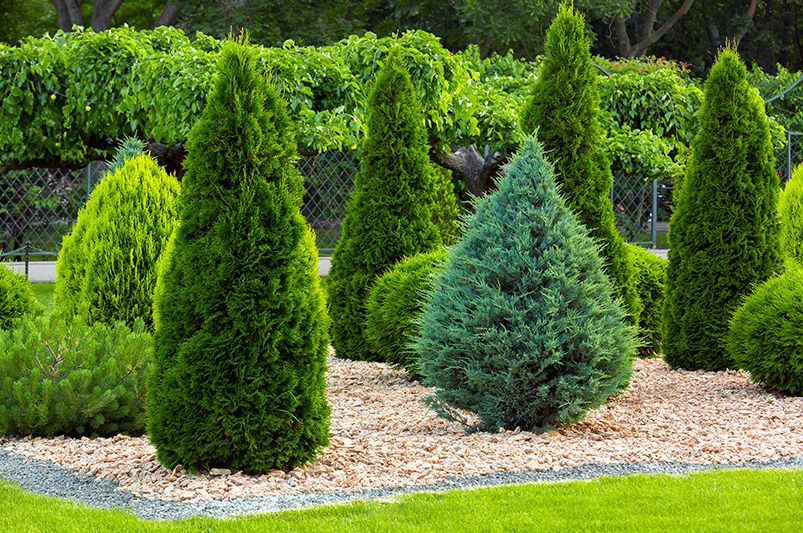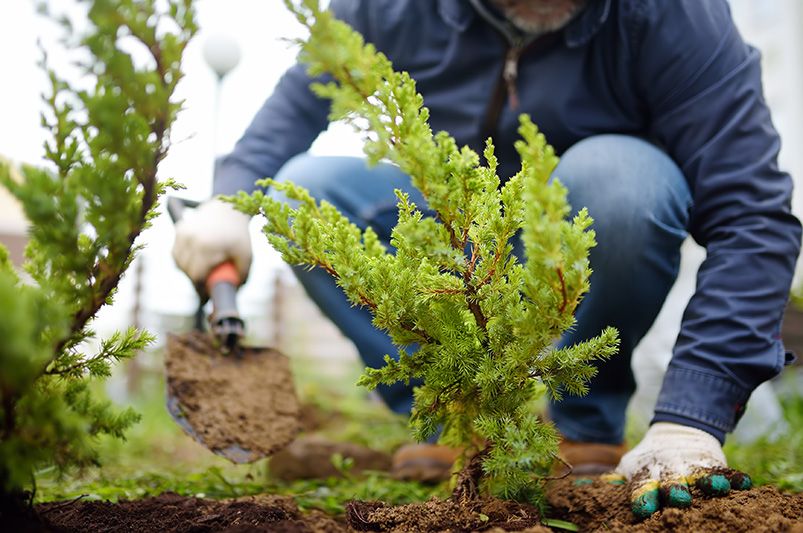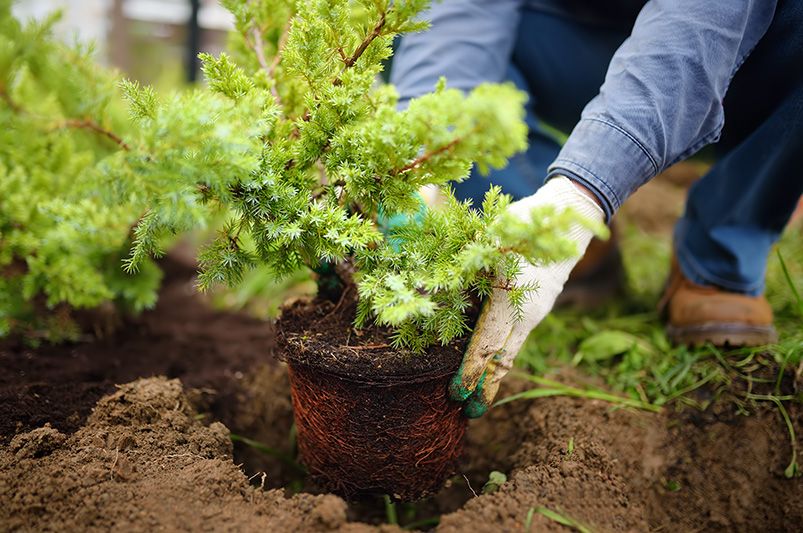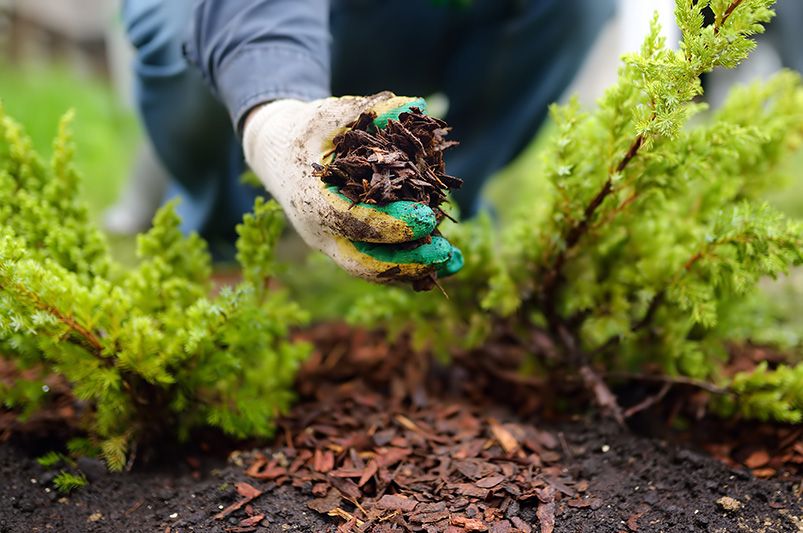
How to Plant Shrubs: A Comprehensive Guide
Published: 02/11/2024 | Updated: 28/10/2024
Key Highlights
- Learn why shrubs are essential for your garden and how they contribute to plant growth and soil health.
- Understand the importance of selecting the right shrubs based on sunlight requirements and soil pH levels.
- Discover the necessary tools and materials needed for planting shrubs, including compost, mulch, and fertilizer.
- Find out the best practices for selecting the optimal location to plant your shrubs, ensuring their growth and survival.
- Follow a step-by-step guide for planting shrubs correctly, from timing and soil preparation to watering and mulching techniques.
Introduction
Adding a new shrub to your planting area can change how your garden looks and supports its environment. This helpful guide is made for new and experienced gardeners. It will give you the information and steps you need to plant shrubs the right way. We will cover everything from the basics to how to care for your shrubs after you plant them. This way, your shrubs will grow well.


Understanding the Basics of Planting Shrubs
Before you pick up your shovel, it's important to understand the basics of planting shrubs. Knowing these key parts can really help your shrubs stay healthy and live longer.
These basics include learning the best time to plant, how to choose the right shrubs for your climate, and understanding how to prepare the soil.
Why Shrubs Are Essential for Your Garden
Shrubs are very important in garden ecosystems. They offer structure, privacy, and beauty. Shrubs act like natural fences and windbreaks. They also provide homes for wildlife. Throughout the year, shrubs give interest with their different foliage, flowers, and fruits. When chosen correctly, they can grow well in many types of environments, making your garden look better. Adding shrubs helps promote biodiversity. This creates a balanced ecosystem that supports good insects and birds. This leads to a healthier and more lively outdoor space.
Deciding Which Shrubs to Plant
When picking shrubs to plant, think about how much sunlight your garden gets. Make sure the shrubs need the right amount of light for that spot. Check the soil moisture and drainage to find shrubs that fit well with your garden's conditions. Look into how big the shrubs will grow so you can space them properly. Consider how you want the shrubs to look and what role they will play in your garden. Native shrubs are usually easier to care for and can handle local pests and weather better. Choose shrubs that match your garden's overall design.

Preparing to Plant Your Shrubs
Proper planning is important before you start planting. Taking the time to get what you need and choosing the right spot for your shrubs can save you time and effort later. A bit of preparation helps your shrubs survive and grow really well.
What You'll Need: Tools and Materials
A pair of hand pruners, a shovel, organic matter, compost, burlap, and bark mulch are important tools and materials for planting shrubs. The right tools give a good start to your new shrub. Having a soaker hose or regular hose for watering is also helpful. Additionally, using fertilizer can support new growth, and a soil test kit is great for checking soil quality during the establishment period. With the right tools and materials, you can create a perfect environment for your shrubs to grow well.
Selecting the Best Location for Your Shrubs
When choosing the best spot for your shrubs, think about a few important things. Look at how many hours of sun the area gets. Check the soil moisture and drainage quality too. Make sure there is enough space for your shrubs to grow, keeping their mature size in mind. Look at the soil structure, pH levels, and how compact the soil is. This helps create good conditions for root growth. Place the shrubs away from spots with poor drainage to avoid waterlogging when it rains. This will help your plants grow healthy and strong.
A Step-by-Step Guide to Planting Shrubs
Let's simplify how to plant shrubs into easy steps. This guide will help you plant with ease. It will make sure your shrubs adjust well to their new home.
Step 1: Timing Your Planting Correctly
Understanding the best time to plant shrubs is important for a thriving garden. The best seasons are usually early spring or late fall. Planting during these times helps the roots grow strong before harsh weather arrives. For deciduous shrubs, late winter is a great time to plant while they are resting. Be sure to avoid planting during dry spells. This can help prevent stress on the new plant. Getting the timing right is key for good growth and setting up a healthy plant.
Step 2: Preparing the Soil
- Loosen the soil where you want to plant. This helps with root growth and stops compaction.
- You might want to do a soil test. It can check pH levels and nutrients in the soil.
- Add compost or any organic matter to make the soil better for planting. This helps with soil structure and drainage.
- Make sure to space the shrubs properly. This is important for their growth.
- When digging the planting hole, make it a bit wider than the root ball. The hole should also be the same depth. This keeps the root flare at soil level.
- Doing this will help set a good foundation for a healthy establishment period.

Step 3: Digging the Right Size Hole
Digging a hole that is the right size is very important for planting shrubs. The hole should be about twice as wide as the root ball, but it should not be deeper. It is good to have the top of the root ball a little above the surrounding soil. This helps to avoid problems with water gathering or roots getting suffocated. Making sure to have proper spacing between shrubs is also important. It allows room for them to grow and get enough air. A well-dug hole gives a strong start for the new shrub to flourish.
Step 4: Planting the Shrub
- Make sure the root flare of your shrub is just above the soil. This helps it avoid getting suffocated.
- Put a layer of mulch down, but keep it a few inches away from the base of the shrub. This prevents moisture problems.
- Water the shrub well after planting to remove air pockets.
- Proper placement gives your new shrub a good start.
- This step is key for healthy root growth and helps your shrub settle in.
- Following these steps will allow your shrub to adjust well to the new soil. This will lead to strong and lively growth.

Step 5: Watering and Mulching
To help your new shrub grow well, watering and mulching are very important. After you plant it, give the shrub a good amount of water. This allows the moisture to reach the rootball and the surrounding soil. Next, put a layer of mulch around the base of the shrub. Leave some space near the trunk to prevent any moisture problems. Mulch keeps the soil moisture in, helps control temperature, and slows down weeds. Don’t forget to check the soil moisture often. Adjust your watering as needed.
Post-Planting Care and Maintenance
Once you plant your shrubs, it's important to take care of them for healthy growth. Make sure to water them regularly, especially during dry spells. Also, using the right pruning techniques will help your shrubs do well.
Establishing a Watering Schedule
To help your shrubs grow well, making a watering schedule is important. During the establishment period, you need to keep the soil moisture consistent, especially in the first season. You can use a soaker hose or a drip irrigation system, depending on the soil structure and the weather. Check the moisture levels often to avoid overwatering or underwatering. Remember, good watering helps with root growth and new growth, which sets your shrubs up for success.
Pruning and Trimming for Healthy Growth
Proper pruning and trimming are very important for healthy shrubs. Regularly cutting off dead or damaged branches helps new growth and makes your shrubs look better. Use a pair of hand pruners to make clean cuts. Cut at a 45-degree angle just above a bud or side branch. Don't leave stubs, as they can cause diseases. Also, remove crossed branches. This helps air flow in the shrub, which lowers the chances of disease. It's best to prune during the dormant season or after flowering, depending on the type of shrub.
Conclusion
In conclusion, learning how to plant shrubs makes your garden look better and keeps it healthy. Knowing the important steps from choosing the right shrubs to taking care of them after planting is essential for a successful garden. By using this guide, you will get the skills needed to plant shrubs well. Always remember that proper care and maintenance are important for your shrubs to stay healthy in the long run. So, dig in, enjoy the process, and enjoy watching your garden grow with beautiful foliage and flowers. Don't forget to share your gardening journey on social media to inspire others!
Frequently Asked Questions
When is the Best Time to Plant Shrubs?
The best time to plant shrubs is usually in early spring or fall. The weather is cooler during these times. Planting then helps the shrubs to set their roots before the hot summer or cold winter. Timing is very important for their good growth.
How Deep Should I Dig the Hole for a Shrub?
To help the roots grow well, dig a hole that is two times wider than the root ball of the shrub, but no deeper than the root ball itself. Plant the shrub a little above the ground. This can stop water from building up around the trunk.
Need Assistance for a Complete Landscape Makeover?
Shrubhub’s landscape design packages can significantly transform the lives of homeowners by delivering customized, professional landscaping plans tailored to their unique space and personal style. With the ease of online collaboration, you are guided step-by-step through a design process that fundamentally reshapes your outdoor environment. The result is an aesthetically pleasing and functional outdoor living area that maximizes the potential of your property.


